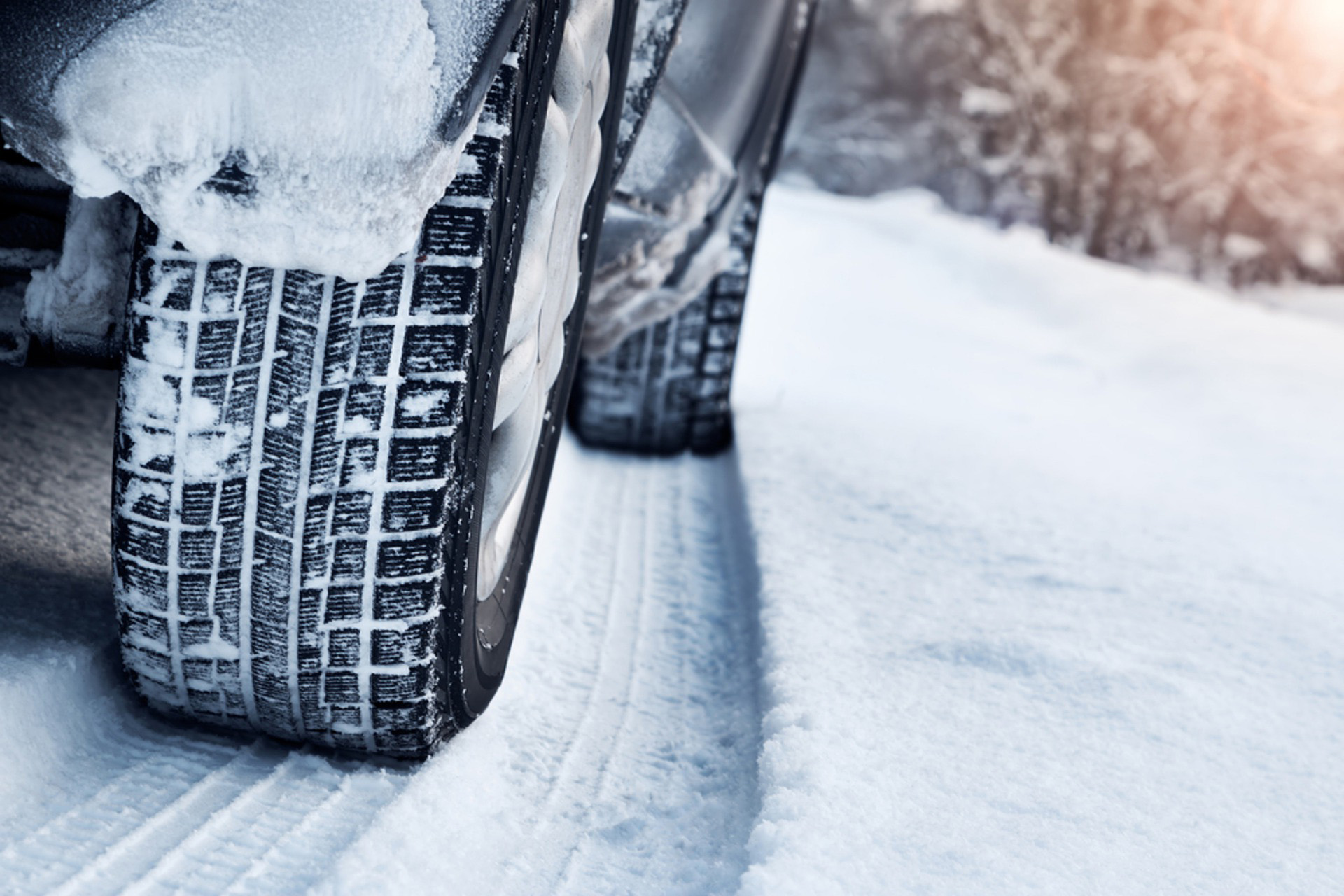- Free Consultation: (907) 277-3090 Tap Here to Call Us
Alaska Winter Driving

Alaska Winter Driving is here. In most areas of Alaska, snow is already on the ground. Prepare yourself and your vehicle for cold temperatures and streets covered in ice and snow.
Prepare For Alaska Winter Driving
Check with National Weather Service before traveling. The National Weather Service issues winter weather warnings, watches and advisories.
A few major highways are not maintained during the winter months. Travel is strongly discouraged for your safety. Please abide by these warnings as roads are impassable due to extreme weather conditions and may be life threatening. Emergency services and travel assistance are not available. These warnings are noted under Urgent Reports on the 511.Alaska.gov.
Prepare Your Vehicle For Alaska Winter Driving
Aside from annual maintenance, there are many ways to enhance the safety of your vehicle for Alaska Winter Driving.
- Test your battery; battery power drops as the temperature drops
- Make sure the cooling system is in good working order
- Have winter tires with a deeper, more flexible tread put on your car
- If using all-season tires, check the tread and replace if less than 2/32 of an inch
- Check the tire pressure, which drops as the temperature drops
- Check your wiper blades and replace if needed
- Add wiper fluid rated for -30 degrees Fahrenheit
- Keep your gas tank at least half full to avoid gas line freeze
Before driving in snowy weather, removing all snow and ice from your car’s windows, roof and lights is crucial to ensure visibility and prevent accidents. Drive with your headlights on. This will help you see and be seen by other drivers.
Prepare Yourself For Alaska Winter Driving
It’s extremely important to be cold weather prepared in the event of an accident or your car breaking down. In Alaska, there can be many miles of highway between towns, some with very little traffic.
Having a cold weather kit prepacked and ready in your car can be the difference of whether or not you are warm while you wait for help. Pack a full set of winter gear including warm socks, boots, snow pants, a jacket, gloves or mittens, and a hat. Using disposable hand-warmers and a space blanket can also help to maintain warmth. Always have first aid and emergency response kits readily available in your car.
Drive Safely
Remember to give yourself extra travel time for less-than-ideal weather conditions of Alaska Winter Driving. Avoid using cruise control in wintry conditions and remember to accelerate and decelerate slowly. If you slide, steer in the direction of a skid, so when your wheels regain traction, you don’t have to over-correct to stay in your lane.
Increase your following distance to 8 to 10 seconds to allow you more time to avoid potential accidents. If possible, don’t stop when going uphill, as this can lead to being stuck on an icy patch, or worse, losing control and sliding backwards, downhill.
Avoid sudden stops or sharp turns that can cause you to lose control of your car. Abrupt changes in speed or direction can cause your vehicle to skid or slide. When accelerating or decelerating, do so slowly and smoothly.
For nearly 30 years, Johnson Law, P.C. has helped injured Alaskans navigate challenging times. And while you hope you never need us, we’re here if you do. Contact Johnson Law, P.C.: (907)277-3090 or use our online contact form.
Secondary Material Sources: National Safety Council; Alaska Department of Transportation and Public Facilities; Alaska 511
Image Source: Adobe Stock







